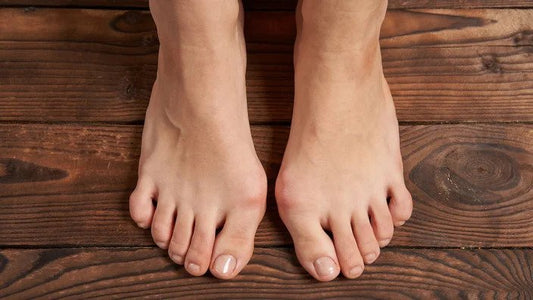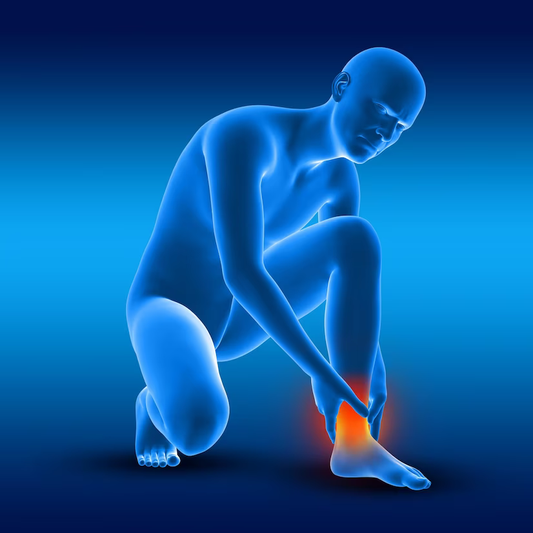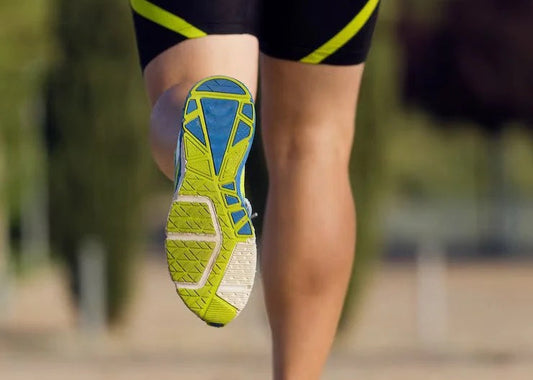Our Blog

Identifying Symptoms Of Bunions And Foot Distress
In today's fast-paced world, where we rely heavily on our feet to keep up with our busy lives, it's crucial to pay attention to any signs of discomfort. Bunions and...
Identifying Symptoms Of Bunions And Foot Distress
In today's fast-paced world, where we rely heavily on our feet to keep up with our busy lives, it's crucial to pay attention to any signs of discomfort. Bunions and...

Recognizing The Signs Of Achilles Tendinitis
Achilles tendinitis is a common condition that affects the Achilles tendon, the largest tendon in the body. It is a painful inflammation of the tendon that connects the calf muscles...
Recognizing The Signs Of Achilles Tendinitis
Achilles tendinitis is a common condition that affects the Achilles tendon, the largest tendon in the body. It is a painful inflammation of the tendon that connects the calf muscles...

Understanding The Symptoms Of Tarsal Tunnel Syn...
Tarsal Tunnel Syndrome is a condition that affects the foot and ankle area, causing pain, numbness, and tingling sensations. Similar to carpal tunnel syndrome in the wrist, Tarsal Tunnel Syndrome...
Understanding The Symptoms Of Tarsal Tunnel Syn...
Tarsal Tunnel Syndrome is a condition that affects the foot and ankle area, causing pain, numbness, and tingling sensations. Similar to carpal tunnel syndrome in the wrist, Tarsal Tunnel Syndrome...

Surprising causes of Flat Feet
Flat feet, also known as pes planus or fallen arches, is a condition in which the arches of the foot collapse, with the entire sole of the foot coming into...
Surprising causes of Flat Feet
Flat feet, also known as pes planus or fallen arches, is a condition in which the arches of the foot collapse, with the entire sole of the foot coming into...

Understanding and Managing "Pain on Top of the ...
Our feet consist of a complex structure comprising not only bones and muscles but also ligaments and tendons. These components work together to facilitate proper functioning, supporting our body weight,...
Understanding and Managing "Pain on Top of the ...
Our feet consist of a complex structure comprising not only bones and muscles but also ligaments and tendons. These components work together to facilitate proper functioning, supporting our body weight,...

Can constipation cause back pain?
Lower back pain and constipation are frequently experienced symptoms among people. Interestingly, these two conditions often coexist, leading to notable impacts on daily life and work performance. It's important to...
Can constipation cause back pain?
Lower back pain and constipation are frequently experienced symptoms among people. Interestingly, these two conditions often coexist, leading to notable impacts on daily life and work performance. It's important to...
